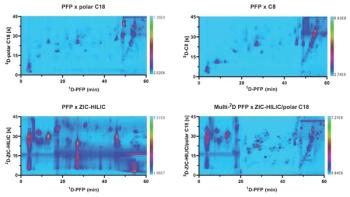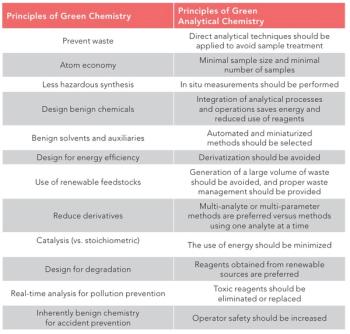
New Ultrasonic Spray Ionization Method Improves Mass Spectrometry Analysis
A new method was recently developed that has the potential to revolutionize the use of piezoelectric atomizers in MS analysis, and ultimately provide a more efficient and superior soft ionization approach for the direct analysis of a variety of samples, including aqueous solutions.
In a recent study published in Talanta, researchers at the East China University of Technology in Nanchang have developed a new ultrasonic spray ionization method that improves mass spectrometry (MS) analysis of aqueous solution and complex samples (1). The method, described in the journal Talanta, uses a single-orifice piezoelectric atomizer with a 5-μm diameter, resulting in uniform fine droplets and a long-duration MS signal (1). The piezoelectric atomizer has two electrodes connected to a ceramic ring insulated from a metallic substrate, which enables an additional high voltage input towards the spray reagents for more complex samples without sample pretreatment. The ionization is driven by a low electrical power of only 3.5 V from a rechargeable battery, yet provides efficient and superior soft ionization.
Compared to other ionization techniques like nano electrospray ionization and electrospray ionization, the method has better thermal and pH stability when directly analyzing vitamin B and protein aqueous solutions. During the study, the authors also determined that the method could be used for direct analysis of intact proteins, providing more information concerning the association between intact protein and subunits. The research team also investigated the quantitative analysis of vitamin B and rhodamine B aqueous solutions, showing good linearity.
The study’s main author, Debo Wu, explained in a statement why the method developed by the research team improves MS analysis.
"Our new method not only provides better thermal and pH stability but also enables the direct analysis of more complex samples without sample pre-treatment,” Wu said. “With the addition of high voltage input towards the spray reagents, this method has the potential to greatly improve mass spectrometry analysis in various fields, including food safety, life science, environmental analysis, and nuclear technology." (1)
A piezoelectric ultrasonic spraying device is a type of atomizer that uses high-frequency vibrations generated by a piezoelectric element to produce a fine spray of liquid; the device is designed to produce uniform and consistent droplets. Piezoelectric ultrasonic spraying devices are commonly used in our daily life for moisturizing the environment, aromatherapy physiotherapy, and facial care.
In conclusion, the researchers' new method has the potential to revolutionize the use of piezoelectric atomizers in MS analysis, providing a more efficient and superior soft ionization approach for the direct analysis of a variety of samples, including aqueous solutions, raw biological samples, and proteins.
Reference
(1) Wu, D.; Tang, Z.; Dong, L.; Li, G.; Li, D.; Wang, L.; Shi, T.; Rahman, M. M.; Zhang, X. Enhanced ultrasonic spray ionization for direct mass spectrometry analysis of aqueous solution and complex samples using a single-orifice piezoelectric atomizer. Talanta 2023, 255, 124237. DOI:
Newsletter
Join the global community of analytical scientists who trust LCGC for insights on the latest techniques, trends, and expert solutions in chromatography.




